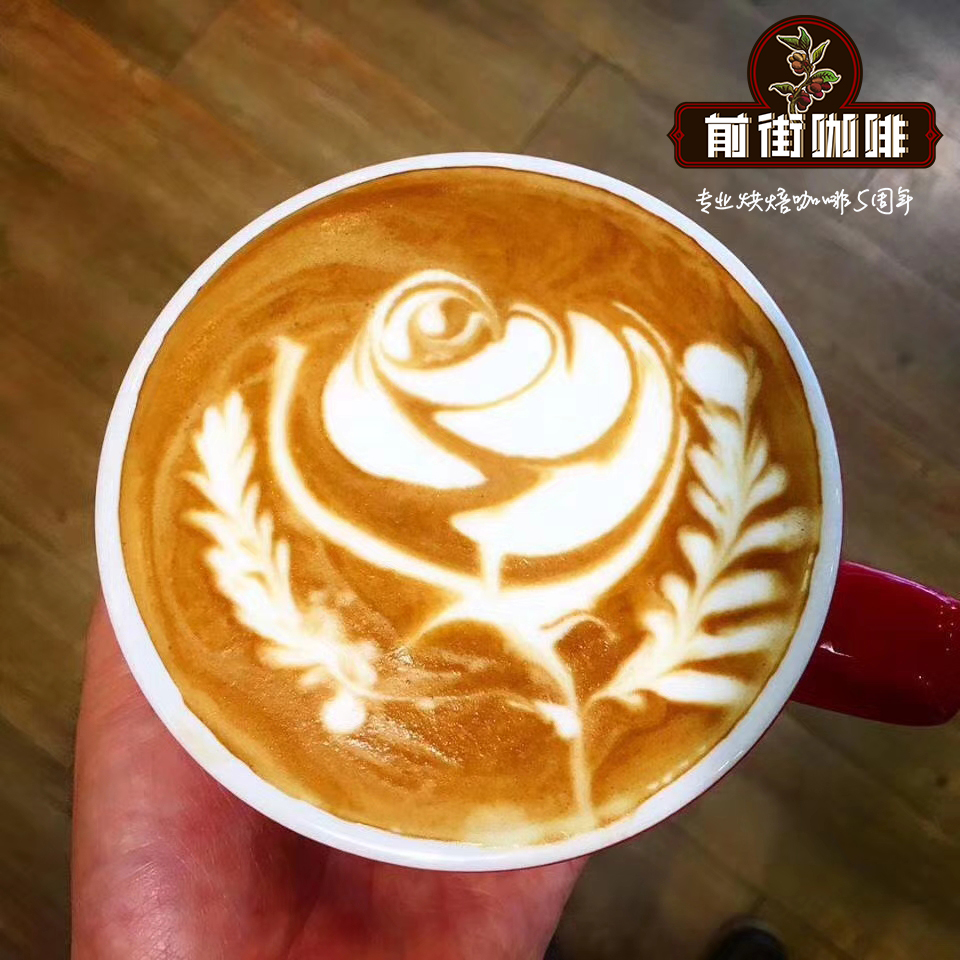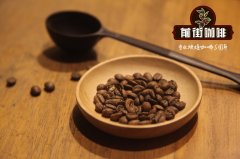Espresso | Origin and History of lattes | when was the first Starbucks latte born?

Latte art latte whether you call it a latte, French coffee or espresso, a latte is a drink that has stood the test of time. It has become one of the classic drinks in modern coffee shops, but how did it get there? The history of the latte is a long and interesting story with as many layers as the most important art in tradition. First of all, let's start with what a latte is. A modern latte is usually a double cup of coffee made by mixing espresso and steamed milk. They can be made hot or cold and have a variety of flavors. This is a simple and delicious drink that cheers for many people around the world every morning. In the early history of lattes, Europeans have been mixing coffee and milk since at least the 17th century. William Dean Howells (William Dean Howells) first used the word "coffee latte" in his 1867 paper Journey to Italy. At this point in history, coffee began to cause a sensation all over the world, but since the espresso machine has not yet been invented, the brewing method is still very primitive. The invention of espresso to understand what they are drinking, let's take a look at the brief history of the espresso machine. The Italian coffee machine Illy defines authentic espresso as "hot water sprayed at 190 °- 200 °F at more than nine atmospheres through a 25-ounce cake-shaped mashed coffee layer." The first patented espresso machine dates back to 1884, but it produced only 1.5 atmospheric pressure. Although many improvements have been made over the years, the problem was not solved until the 1940s. Achille Gaggia, owner of the Milan Cafe, changed the way the game was played by adding spring piston rods operated by baristas. This is the origin of the word "lever". Although leverage is no longer used, it is still widely used today. This also led to Klima's discovery. At first, consumers were skeptical about the "scum" floating on coffee until Gaggia started selling it as "coffee cream", suggesting that coffee could produce its own high-quality cream. Over the years, there have been more innovations, but for decades, beverage innovation has not been affected at such a large level. Lattes were reshaped as early as 1903, when steam sticks were added to the espresso machine, but they were only used to heat milk and form texture in the milk. In the 1980s, baristas from Seattle, Washington began to "color" with rich milk and create works of art to make drinks better. With the passage of time, these designs have been popularized and spread around the world. Now, the usual practice is to use the art of latte to complete any milk coffee. Lattes have changed a lot over the years, but the basic principles of coffee and milk remain the same. We may not have seen the end of latte development. In the age of social media, coffee trends are changing and spreading faster than ever before. The only thing we can be sure of is that this traditional drink will continue to keep pace with the times.
According to a book written by the former president of Starbucks, he formally introduced it to Starbucks after visiting Italy in 1984 to see the local latte.
Important Notice :
前街咖啡 FrontStreet Coffee has moved to new addredd:
FrontStreet Coffee Address: 315,Donghua East Road,GuangZhou
Tel:020 38364473
- Prev

Coffee knowledge | effect of altitude on coffee | the higher the altitude, the better the coffee?
Like wine, beer and tea, the way coffee beans grow can greatly affect the taste of the cup you end up drinking. There are many factors that affect the quality of coffee beans, but none is more important than the growth of coffee beans. To understand why altitude has such a great effect on the flavor of coffee beans, we must study plant biology in depth. Usually, the higher the altitude,
- Next

Boutique Coffee | how Coffee is transferred from Origin to Coffee Shop | Coffee Trade shift
If you have been to any boutique coffee shop recently, you may not only hear about the source of the coffee, the boutique coffee shop is very important, it can let you know the origin of the coffee and trace the origin. Isn't all trade direct? What exactly does indirect trade mean? Direct trade and fair trade as a term and a practice, direct trade coffee
Related
- Beginners will see the "Coffee pull flower" guide!
- What is the difference between ice blog purified milk and ordinary milk coffee?
- Why is the Philippines the largest producer of crops in Liberia?
- For coffee extraction, should the fine powder be retained?
- How does extracted espresso fill pressed powder? How much strength does it take to press the powder?
- How to make jasmine cold extract coffee? Is the jasmine + latte good?
- Will this little toy really make the coffee taste better? How does Lily Drip affect coffee extraction?
- Will the action of slapping the filter cup also affect coffee extraction?
- What's the difference between powder-to-water ratio and powder-to-liquid ratio?
- What is the Ethiopian local species? What does it have to do with Heirloom native species?

